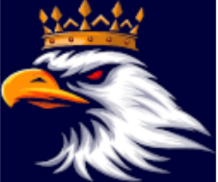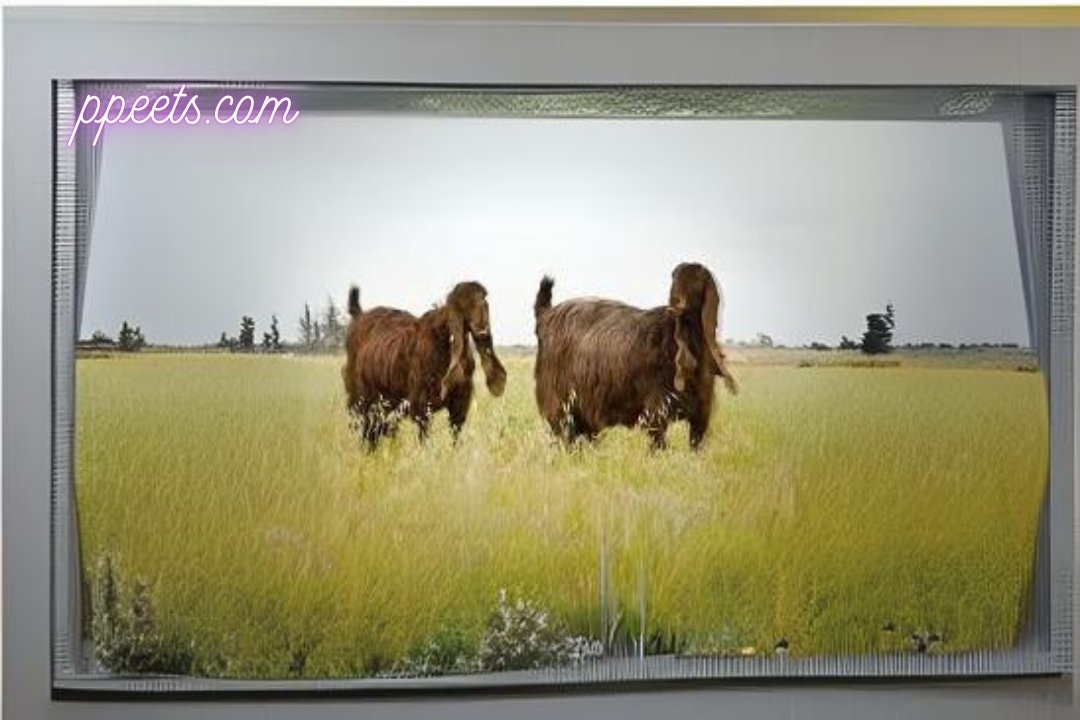Introduction to Damascus Goat
The Damascus goat, likewise alluded to as the Shami goat, is a variety known for its particular appearance and verifiable importance in the Center East.
Prestigious for its enormous size, great horns, and flexibility to parched environments, the Damascus goat plays had a urgent impact in farming and social legacy for a really long time.
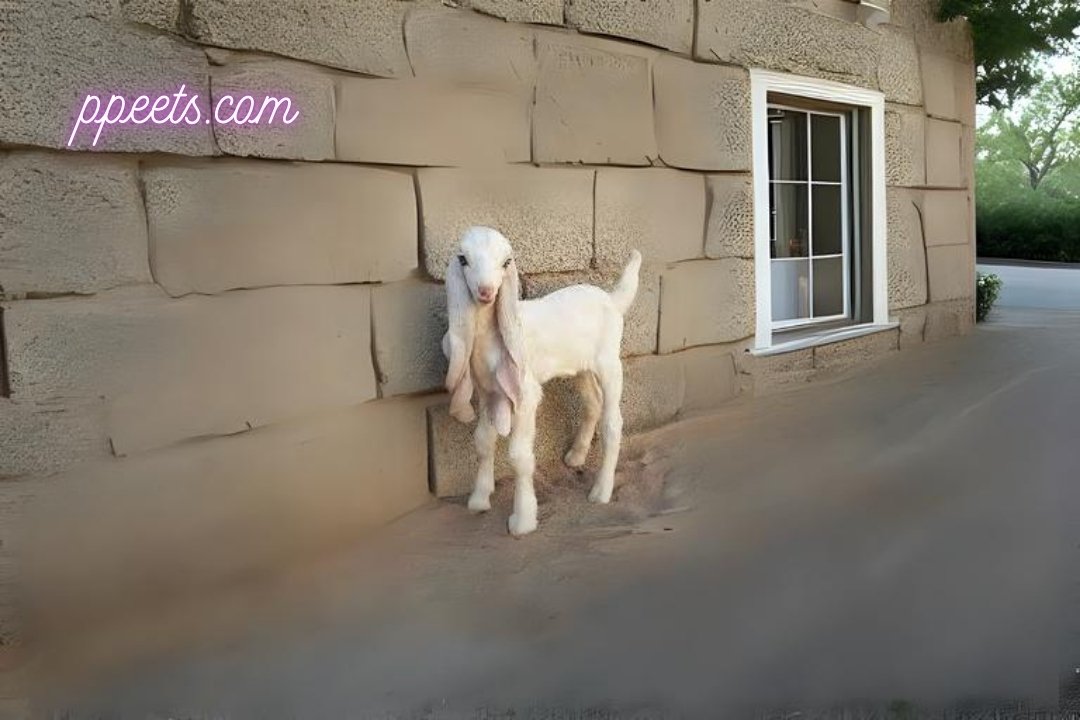
History and Origin
The Damascus goat follows its starting points to the Center East, especially Syria and Lebanon, where it has been reproduced for its milk, meat, and stow away. Verifiable records propose that the variety’s advancement traces all the way back to antiquated times, with references in writing and craftsmanship portraying its significance in territorial agribusiness and migrant ways of life.
Over hundreds of years, particular rearing has refined the Damascus goat’s attributes, stressing characteristics like strength, milk creation, and versatility to brutal conditions.
Damascus goats are portrayed by their huge, strong form and unmistakable appearance. They commonly have a long, straight back, wide chest, and solid legs appropriate for navigating tough territory. One of their most striking elements is their amazing horns, which can develop to critical lengths and bend nimbly outward. Their jacket is short and thick, as a rule in shades of white or light brown, giving security from the sun and intensity.
Temperament and Behavior
Known for their accommodating disposition and versatility, Damascus goats are appropriate to both broad brushing frameworks and serious cultivating tasks. They are for the most part simple to deal with and make due, making them well known among ranchers and herders in the Center East. Their capacity to flourish in bone-dry environments and brutal circumstances has added to their strength and proceeded with significance in territorial agribusiness.
Damascus goats fill numerous needs in farming, basically for milk and meat creation. Their milk is valued for its wealth and dietary benefit, utilized in conventional dairy items like cheddar and yogurt.
Furthermore, their meat is profoundly regarded for its delicate surface and unmistakable flavor, making it a sought-after delicacy in neighborhood markets. The variety’s stow away is additionally used for cowhide creation, mirroring its monetary significance inside the domesticated animals industry.
Reproducing programs for Damascus goats center around keeping up with and further developing variety principles while saving hereditary variety.
Particular rearing intends to upgrade beneficial attributes, for example, milk yield, meat quality, and in general compliance. Family examination and hereditary testing are utilized to guarantee the wellbeing and life of posterity, adding to the manageability and hereditary honesty of the variety over ages.
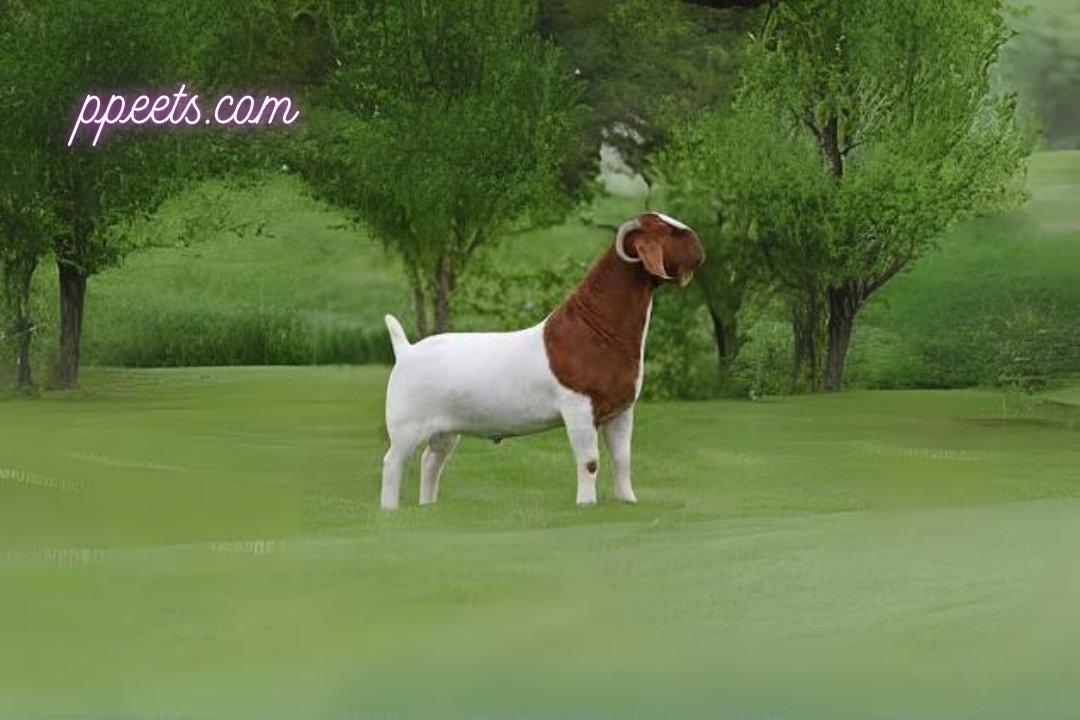
Management and Care
Powerful administration rehearses are fundamental for the wellbeing and efficiency of Damascus goats. They expect admittance to clean water, nutritious feed, and sufficient safe house to flourish in fluctuating climatic circumstances.
Normal veterinary consideration, inoculation conventions, and parasite control estimates assist with forestalling sicknesses and guarantee ideal crowd wellbeing. Legitimate fencing and lodging offices are likewise significant for their security and prosperity.
The Damascus goat holds social and emblematic importance in the Center Eastern nations where it began. It is many times highlighted in customary fables, functions, and social celebrations, representing versatility, ripeness, and flourishing.
The variety’s relationship with traveling crowding customs and rustic vocations highlights its job in safeguarding social legacy and advancing manageable horticulture rehearses.
Notwithstanding its verifiable and monetary significance, the Damascus goat faces difficulties like hereditary disintegration, sickness flare-ups, and natural tensions.
Preservation endeavors by breed affiliations, legislative offices, and examination foundations plan to save the variety’s novel hereditary legacy and advance manageable rearing practices. Drives incorporate hereditary preservation programs, instructive effort, and rearing organizations to defend the Damascus goat for people in the future.
Future Prospects and Innovation
Looking forward, progressions in hereditary qualities, sustenance, and economical cultivating practices will impact the eventual fate of Damascus goat cultivating.
Advancements in conceptive innovations, sickness the board, and natural stewardship will improve efficiency, government assistance, and flexibility inside the variety. Proceeded with cooperation among partners, including ranchers, analysts, and policymakers, will uphold the maintainable turn of events and worldwide acknowledgment of the Damascus goat breed.
All in all, the Damascus goat remains as a demonstration of flexibility, versatility, and social legacy in the Center East. Whether for milk, meat, or calfskin creation, this breed keeps on assuming an essential part in provincial horticulture and rustic economies.
Figuring out its set of experiences, qualities, and importance enhances our appreciation for the Damascus goat’s getting through inheritance and its possible commitments to maintainable animals cultivating around the world.
By developing these subjects with explicit models, contextual investigations, and master experiences, you can make a thorough and drawing in article about the Damascus goat. Tailor the substance to your crowd’s advantages and information level, guaranteeing your article fills in as a significant asset for the two devotees and those new to the variety.
Positively! We should additionally develop the data about the Damascus goat to make a more extensive article:
Damascus Goat
The Damascus goat, otherwise called the Shami goat, is a variety with a rich history and unmistakable qualities that have made it a huge piece of horticulture in the Center East. Famous for its size, amazing horns, and versatility to bone-dry environments, the Damascus goat fills different needs, including milk and meat creation, and holds social and monetary importance in its local districts.
The Damascus goat follows its underlying foundations to old times in the Center East, especially in Syria, Lebanon, and Jordan. Authentic records and archeological discoveries propose that the variety has been reared for its milk, meat, and stow away for centuries.
References to comparable goats can be tracked down in antiquated texts and craftsmanship, showing its significance in provincial agribusiness and itinerant ways of life. Over hundreds of years, particular rearing by neighborhood herders has refined the Damascus goat’s qualities, stressing characteristics like strength, milk creation, and appropriateness for cruel conditions.
Physical Characteristics
Damascus goats are known for their amazing height and unmistakable appearance. They commonly have an enormous, solid edge with a straight back, wide chest, and solid legs that empower them to explore rough landscape.
One of their most striking elements is their horns, which can become long and bend effortlessly outward. Their jacket is short and thick, generally in shades of white or light brown, giving assurance from the sun and intensity predominant in parched environments.
Famous for their tame demeanor and flexibility, Damascus goats are appropriate to both broad brushing frameworks and serious cultivating rehearses.
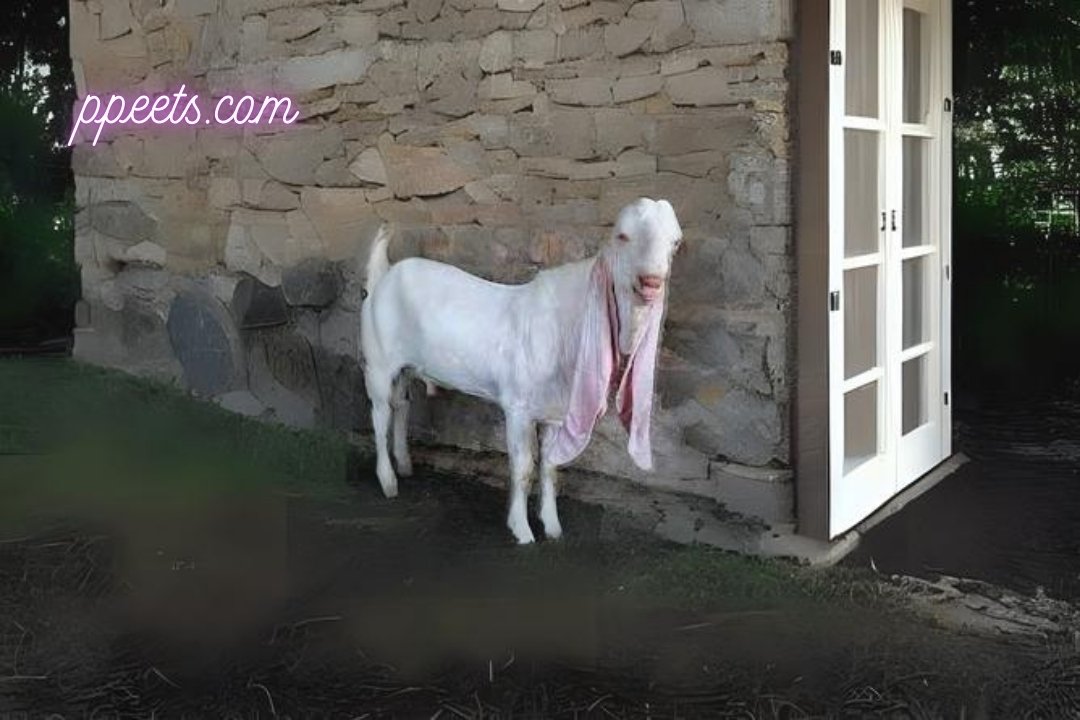
They are for the most part simple to deal with and make due, making them inclined toward among ranchers and herders in the Center East. Their capacity to flourish in dry circumstances and unforgiving environments has added to their strength and proceeded with importance in local agribusiness.
Damascus goats fill various agrarian needs, basically for milk, meat, and cowhide creation. Their milk is valued for its extravagance and dietary benefit, utilized in conventional dairy items like cheddar and yogurt.
Furthermore, their meat is exceptionally regarded for its delicate surface and unmistakable flavor, making it a sought-after delicacy in nearby business sectors. The variety’s stow away is likewise used for calfskin creation, mirroring its monetary significance inside the domesticated animals industry.
Breeding and Genetics
Reproducing programs for Damascus goats center around keeping up with and further developing variety norms while safeguarding hereditary variety.
Particular rearing expects to upgrade positive attributes, for example, milk yield, meat quality, and generally conformity. Family investigation and hereditary testing are utilized to guarantee the wellbeing and life of posterity, adding to the maintainability and hereditary uprightness of the variety over ages.
Successful administration rehearses are pivotal for the wellbeing and efficiency of Damascus goats. They expect admittance to clean water, nutritious feed, and satisfactory safe house to flourish in fluctuating climatic circumstances.
Standard veterinary consideration, immunization conventions, and parasite control estimates assist with forestalling illnesses and guarantee ideal crowd wellbeing. Legitimate fencing and lodging offices are additionally fundamental for their security and prosperity, especially in locales inclined to hunters or antagonistic atmospheric conditions.
Cultural and Heritage Value
The Damascus goat holds critical social and representative significance in the Center Eastern nations where it started. It is many times highlighted in customary fables, functions, and social celebrations, representing flexibility, ripeness, and success.
The variety’s relationship with migrant grouping customs and provincial livelihoods highlights its part in safeguarding social legacy and advancing supportable horticulture rehearses.
Notwithstanding its authentic and financial importance, the Damascus goat faces difficulties like hereditary disintegration, illness episodes, and natural tensions.
Preservation endeavors by breed affiliations, legislative offices, and examination organizations intend to protect the variety’s remarkable hereditary legacy and advance economical reproducing rehearses. Drives incorporate hereditary preservation programs, instructive effort, and rearing organizations to shield the Damascus goat for people in the future.
Looking forward, headways in hereditary qualities, nourishment, and economical cultivating practices will impact the fate of Damascus goat cultivating. Developments in regenerative advancements, sickness the executives, and natural stewardship will upgrade efficiency, government assistance, and strength inside the variety.
Proceeded with cooperation among partners, including ranchers, specialists, and policymakers, will uphold the maintainable turn of events and worldwide acknowledgment of the Damascus goat breed.

Conclusion
All in all, the Damascus goat remains as a demonstration of strength, flexibility, and social legacy in the Center East. Whether for milk, meat, or cowhide creation, this breed keeps on assuming a fundamental part in provincial farming and rustic economies.
Figuring out its set of experiences, attributes, and importance advances our appreciation for the Damascus goat’s persevering through inheritance and its likely commitments to supportable animals cultivating around the world.
By developing these points with explicit models, contextual investigations, and master experiences, you can make an exhaustive and drawing in article about the Damascus goat. Tailor the substance to your crowd’s advantages and information level, guaranteeing your article fills in as a significant asset for the two devotees and those new to the variety.
